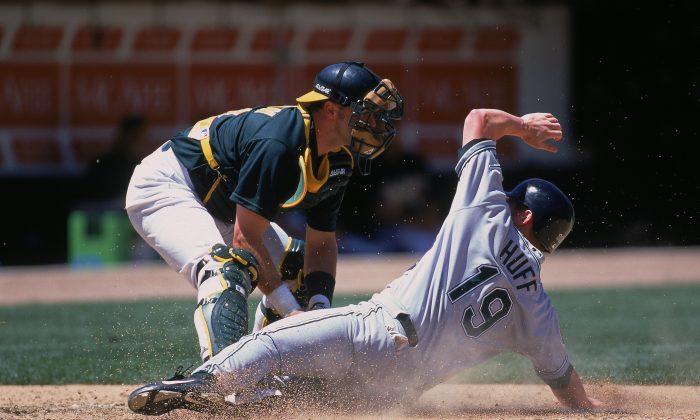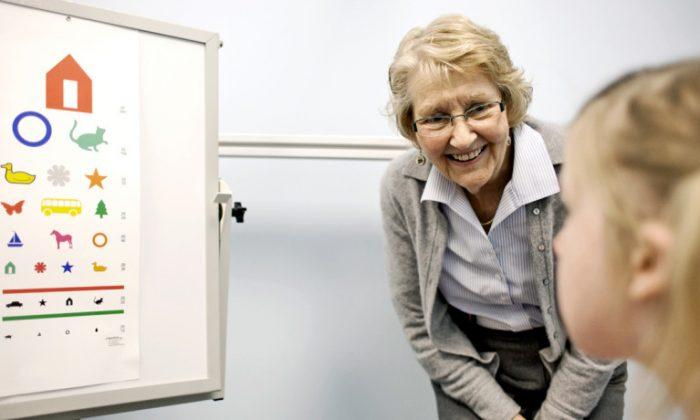Researchers have confirmed what sports fans have long noticed: many athletes peak during their contract year only to go into a slump once a new deal is signed.
Professional athletes in the National Basketball Association (NBA) and Major League Baseball (MLB) can reap very large financial rewards, especially if their performance peaks during their “contract year,” or the last season before an athlete signs a new contract or becomes a free agent.
However, the effect has seldom been tested or studied scientifically.
Now, researchers at the University of Missouri have determined that the contract year performance boost is real, but they caution team managers and coaches that it might be followed by a post-contract performance crash—a two-year pattern they call the “contract year syndrome.”
“Sports fans watch contract negotiations between athletes and their teams very closely; drafts and contract talks almost become a side sport during a contract year,” says Ken Sheldon, professor of psychological sciences.
“We applied psychological theory to predict what happens in the contract year and the year after. Extrinsic motivation is the psychological term that refers to a behavior driven by external rewards like money and fame. Sometimes these rewards work, at least temporarily, but the downside is that the reward can often undermine people’s intrinsic motivation, or their enjoyment and engagement in the behavior. This can lead to a decrease in intrinsic motivation and performance,” he explains.
“For the first time, we tested how these dynamics play out in professional sports, focusing on the contract year as the period of strong extrinsic motivation and the post-contract year as the period of undermined intrinsic motivation.”
Sheldon and collaborator Mark White, an undergraduate student in the psychological sciences department, found that professional athletes did perform better in some ways in a contract year, but this was almost always followed by a slump in performance in the season after the contract was signed—a slump that even dropped them below their pre-contract year baseline. The research was published in the journal Motivation and Emotion.
Bump or slump?
“We tested whether or not there was a bump in an athlete’s performance during the contract year and found that to be true for some scoring statistics,” Sheldon says. “We also found a lingering negative impact. In this case, there was a general drop-off in performance after contracts were signed. This holds true for both NBA and MLB players and follows the patterns found in past laboratory research.
“Armed with this information, owners and general managers could perhaps tie large raises to contingencies that require the athlete to maintain the same productivity in the future instead of slacking off. Or at least, fans could be prepared to expect a let-down in the performance of their team’s star who just re-signed.”
Researchers compiled information on NBA players who played at least 500 minutes and MLB players who played at least 300 innings in each season examined. To be included in the study, players must not have had back-to-back contract years; if players had two contract years within the period studied, only the first contract year was included. More than 230 NBA and MLB players were studied over a 10-year period.
Sheldon claims that contract year syndrome analysis provides a new type of support for self-determination theory, an important motivation theory that focuses on internal sources of motivation, and suggests that the same model could be applied elsewhere. For example, researchers could compare post-college athletic involvement of scholarship and non-scholarship athletes.
Source: University of Missouri
This article was originally posted on www.futurity.org




